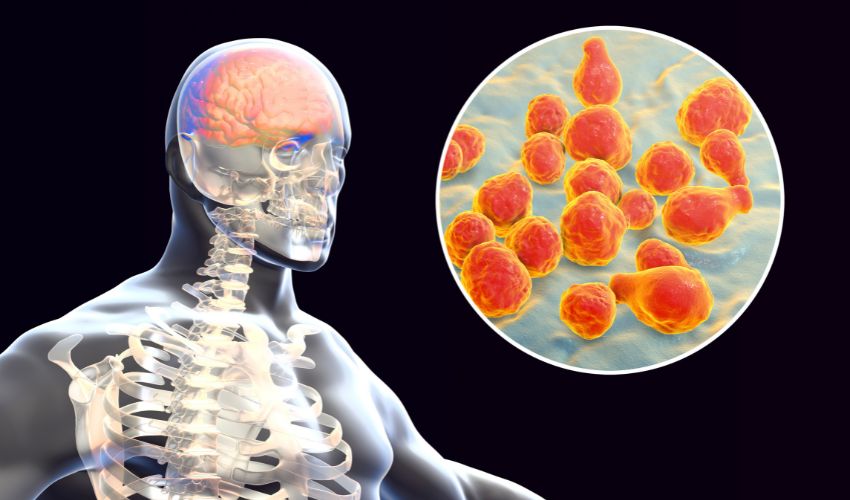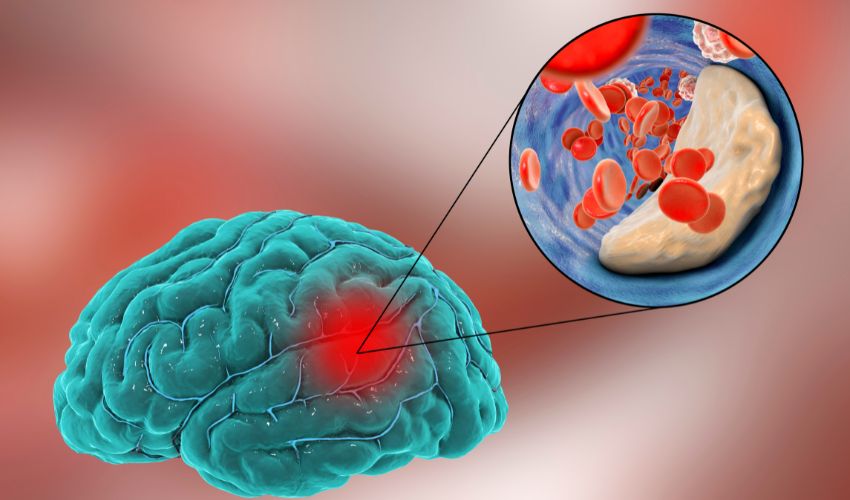Stroke is a life-threatening medical emergency that occurs when blood flow to the brain is disrupted. This interruption of blood flow can cause brain cells to die, leading to permanent brain damage or even death. Stroke is a serious condition that requires immediate medical attention.
In this article, we will discuss the causes, symptoms, and treatment options for stroke. We will also provide some tips on how to prevent stroke and reduce your risk factors.
Causes of Stroke:
There are two main types of stroke: ischemic stroke and hemorrhagic stroke. Ischemic stroke occurs when a blood clot blocks a blood vessel in the brain, while hemorrhagic stroke occurs when a blood vessel in the brain ruptures and causes bleeding.

Some of the risk factors for stroke include:
- High blood pressure
- High cholesterol
- Diabetes
- Smoking
- Obesity
- Family history of stroke
- Age (stroke risk increases as you get older)
- Race (African Americans, Hispanic Americans, and Asian Americans are at higher risk for stroke)
Symptoms of Stroke:
The symptoms of stroke can vary depending on the type and severity of the stroke. Common symptoms of stroke include:
- Sudden numbness or weakness in the face, arm, or leg, especially on one side of the body
- Sudden confusion or trouble speaking or understanding speech
- Sudden trouble seeing in one or both eyes
- Sudden trouble walking, dizziness, loss of balance, or coordination
- Sudden severe headache with no known cause
If you or someone you know is experiencing any of these symptoms, it is important to seek medical attention immediately.
Treatment of Stroke:
The treatment of stroke depends on the type and severity of the stroke. In some cases, medication may be used to dissolve blood clots and restore blood flow to the brain. In more severe cases, surgery may be required to remove the blood clot or repair the ruptured blood vessel.
After a stroke, rehabilitation is often necessary to help patients regain their strength and independence. Rehabilitation may include physical therapy, speech therapy, and occupational therapy.

Prevention of Stroke:
While some risk factors for stroke, such as age and family history, cannot be changed, there are several lifestyle changes you can make to reduce your risk of stroke:
- Maintain a healthy weight
- Exercise regularly
- Eat a healthy diet that is low in saturated and trans fats
- Quit smoking
- Manage your blood pressure, cholesterol, and diabetes
FAQs:
Can stroke be prevented?
While some risk factors for stroke cannot be changed, such as age and family history, many lifestyle changes can reduce your risk of stroke.
What are the most common symptoms of stroke?
The most common symptoms of stroke include sudden numbness or weakness in the face, arm, or leg, sudden confusion or trouble speaking or understanding speech, and sudden trouble seeing in one or both eyes.
What should I do if I think someone is having a stroke?
If you or someone you know is experiencing symptoms of stroke, it is important to seek medical attention immediately.
How is stroke treated?
The treatment of stroke depends on the type and severity of the stroke. In some cases, medication may be used to dissolve blood clots and restore blood flow to the brain. In more severe cases, surgery may be required.
What is the recovery like after a stroke?
Rehabilitation is often necessary after a stroke to help patients regain their strength and independence. Rehabilitation may include physical therapy, speech therapy, and occupational
Conclusion:
Stroke is a serious medical condition that can cause permanent brain damage or even death. Understanding the causes, symptoms, and treatment options for stroke is essential to getting prompt medical attention and reducing your risk factors.
If you or someone you know is experiencing symptoms of stroke, it is important to seek medical attention immediately. Remember that time is of the essence when it comes to treating stroke, so don’t hesitate to call for emergency medical help.
By making lifestyle changes such as maintaining a healthy weight, exercising regularly, and quitting smoking, you can reduce your risk of stroke. It’s never too late to start making positive changes to improve your health and reduce your risk factors for stroke.
In conclusion, stroke is a serious medical condition that requires prompt medical attention. By understanding the causes, symptoms, and treatment options for stroke, you can take steps to reduce your risk factors and improve your overall health and wellbeing.






















